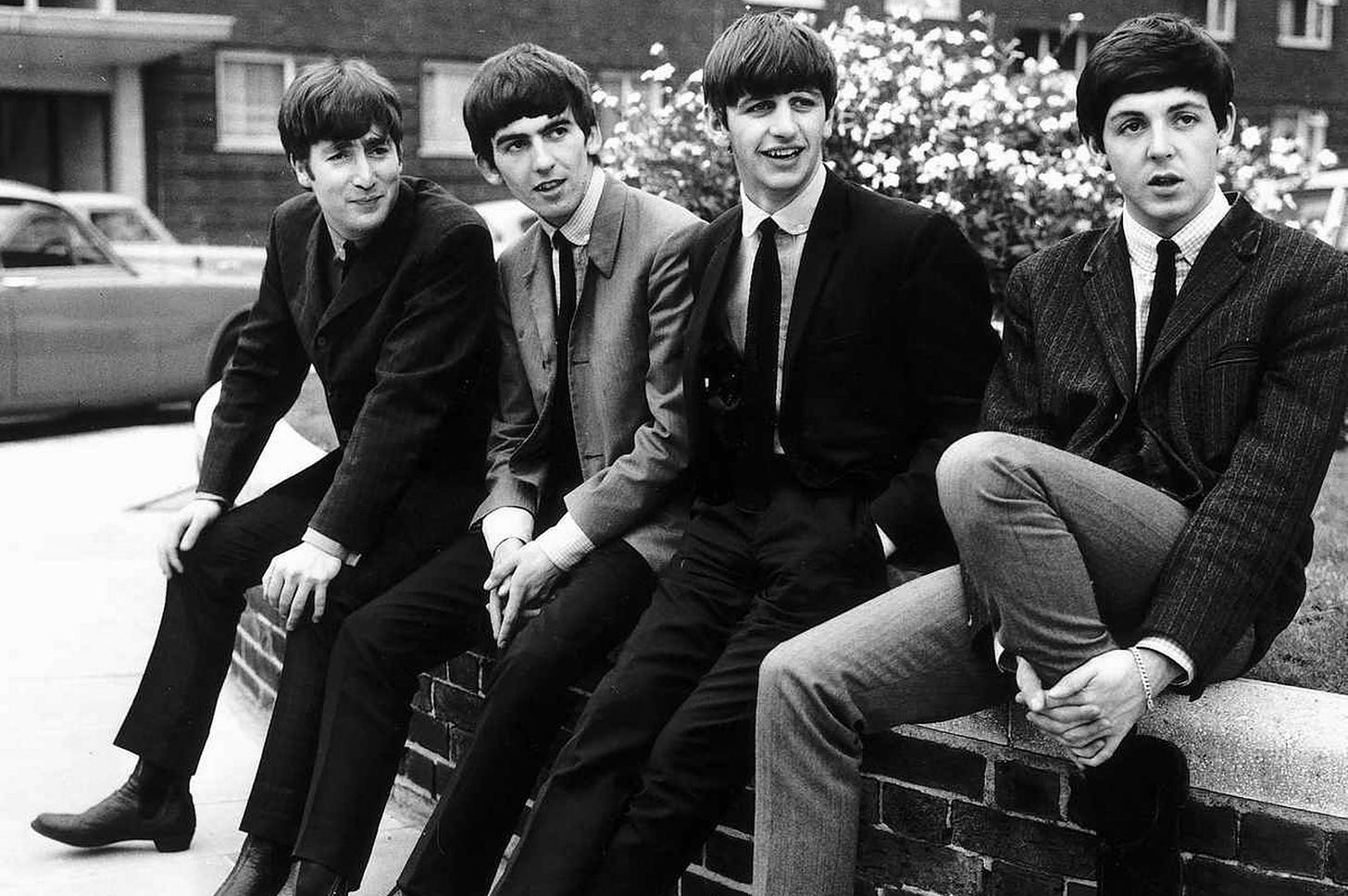Becoming Berkshire: 1963 - Breakfast at Berkshire
Issue 4 | 1963 - Buffett's Investment Strategy; Compounding; Berkshire Hathaway Annual Report
1963 was a year filled with several historical events, such as Civil Rights protests, Dr. Martin Luther King's "I Have a Dream" speech, the Assassination of President John F. Kennady, and the release of the Beatles’s first banger, “I want to Hold Your Hand.” And yet, the Dow Jones finished the year up 17%. I indeed would have thought the market would end negatively in a year when the President of the United States was assassinated; however, as Buffett has always taught us, the market perseveres.
Keep reading with a 7-day free trial
Subscribe to Becoming Berkshire to keep reading this post and get 7 days of free access to the full post archives.




